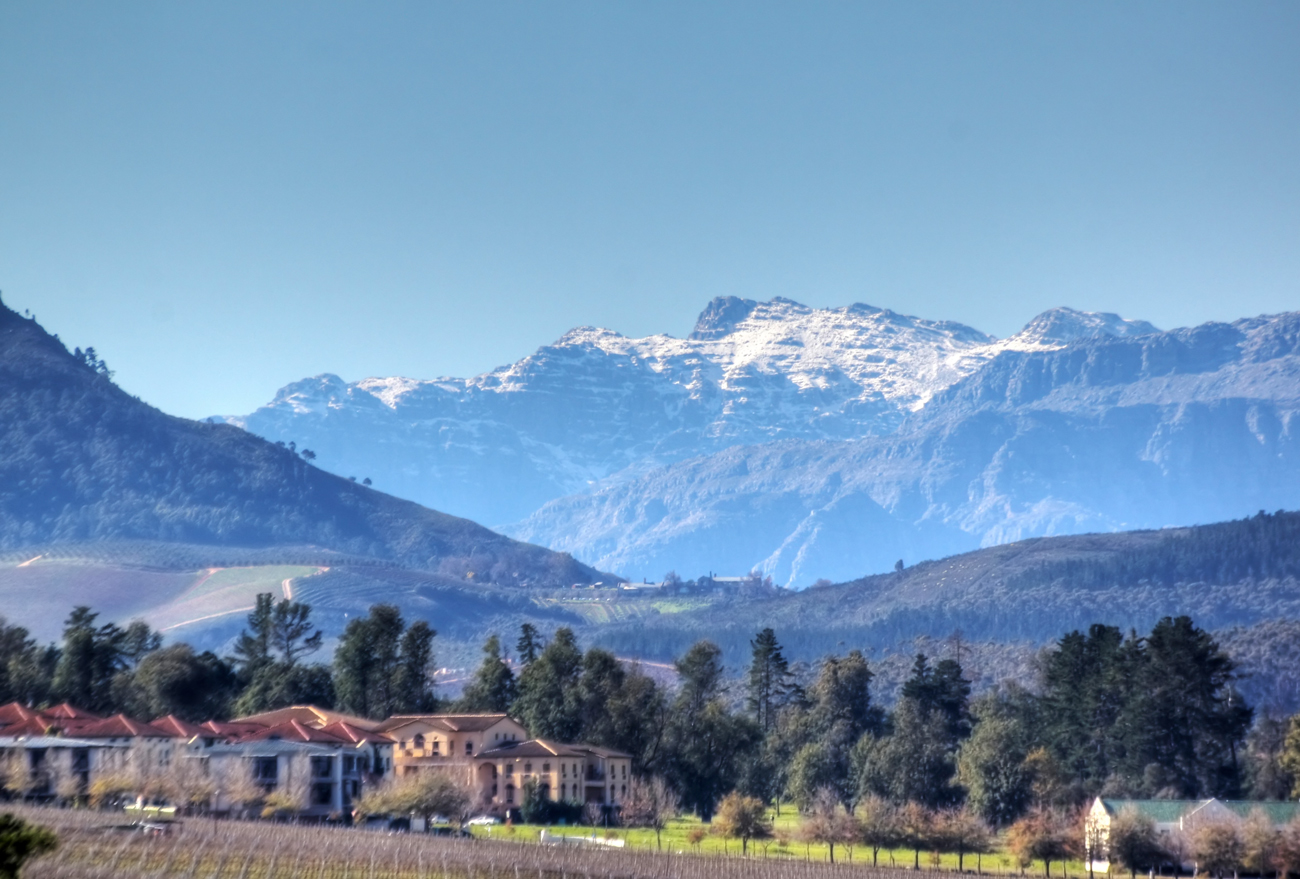At 333 years old, Stellenbosch is leading the way in cutting-edge technology, dubbing itself “the first African wireless city”. In fairness, the Stellenbosch municipality is not the first in the country to come up with the idea of offering municipal wi-fi. That distinction goes to Knysna, which allowed UniNet to install an area network back in 2006, much to the chagrin of Telkom. Where the Stellenbosch scheme is radical, however, is that it is free. This is the whole point of the scheme: to provide Internet access in particular to communities which can’t afford it.
The project is the result of collaboration between the municipality, the University of Stellenbosch, and MXit, Africa largest mobile social network.
“It actually emerged from a random encounter on Church Street between myself and the mayor [DA’s Conrad Sisego],” says MXit CEO Alan Knott-Craig, who talks like a machine-gunner and probably thinks even quicker. “He had just come back from Taiwan, where there’s wi-fi everywhere, and I just thought ‘Shit, man, we can do this!’” (Disclosure: Alan Knott-Craig is a shareholder in Daily Maverick)
The idea of offering Internet access as a free public service is actually uncommon worldwide. Addressing the question of why this should be the case, Tim Wu wrote for Slate a few years ago: “The problem is that cities haven’t thought of the Internet as a form of public infrastructure that – like subway lines, sewers, or roads – must be paid for.”
In MXit’s case, however, they really could do it easily and cheaply because they had something big up their sleeve: lots and lots of unused bandwidth. The company needs it to support almost 800-million messages a day. But it was going to waste. When the need for bandwidth exceeds MXit’s ability to supply it, the hope is the University of Stellenbosch will step in to provide extra. And the Stellenbosch council comes in by covering the electricity and the hard-to-find sites for the repeaters.
What’s in it for MXit? Is this some kind of corporate social responsibility kick? Knott-Craig is adamant it’s not. “If I say it’s a corporate social responsibility thing it sounds like we’re getting something out of it, which we’re not.” He says it’s really quite simple: “We have the bandwidth, it’s a cool thing to do, so we’ve done it. And when a council says they want to do something with you, you should take them up on it, because that’s rare.”
But they need R2-million to buy wi-fi transmitters to complete the project. Knott-Craig says they’re currently approaching individuals to solicit donations to crowd-fund the deficit.
This all kicked off with relatively little fanfare at the end of February, and as of 1 April, they’ve been rolling it out piece by piece. The major focus, Knott-Craig says, is to ensure access to the network in low-income communities like Kayamandi on the outskirts of Stellenbosch.
“This is not a viable alternative to paid-for Internet services,” Knott-Craig is at pains to stress. In other words, Stellenbosch residents who are already happily signed up to a wireless or ADSL service shouldn’t chuck away their routers. “For communities which have absolutely no Internet access at all currently, though, this is a game-changer,” says Knott-Craig. After all, the success of MXit proves just how many Internet-enabled gadgets there are in South Africa, even in low-income areas.
Another benefit is Stellenbosch’s public image. “We want to make it a more attractive address,” Knott-Craig admits. “So people see it and think, that’s not just some dorpie, that’s the free wi-fi town.” This could have positive ramifications for everything from investment to tourism. Someone who no doubt agrees is Western Cape Premier Helen Zille, who said last month she wants to provide a similar connection for Cape Town by 2020. In her state of the province address where she announced these plans, she cited figures from the World Bank which suggest that every 10% increase in Internet penetration results in a 1.3% increase in economic growth.
It sounds too good to be true. A whole city able to access the Internet for free, from anywhere without logging in or registering or entering any kind of password? Admittedly each user only receives 500MB of data a day at a speed of 1Mbps, and large downloads are prohibited, but I resolved to test it for myself.
Walking around Stellenbosch, my initial experience was that coverage was extremely patchy (though the device I was using was a BlackBerry). Right in the centre of town, around Dorp Street, there seemed to be a strong signal, but the minute I ventured further afield, even a few streets away, coverage vanished. This is to be expected, considering that the roll-out is taking place piecemeal.
Finding a strong-ish signal on Plein Street, I squatted down on the road outside the Stellenbosch Public Library for a full experiment with my laptop, dwelling only briefly on the achingly appropriate symbolism of my location. There was the wireless network – ‘Stellenbosch Free Wi-fi’. I accessed it without any trouble. I pulled up YouTube, with the Internet complying speedily, and clicked on the top video of the day – a trailer for Family Guy creator Seth MacFarlane’s new sitcom Ted. It played smoothly. In fact, more smoothly than the results I normally get from my high-speed dongle. I logged onto Skype and called my editor. While we didn’t attempt a video chat, the voice call was smooth, clear and easily hosted by the connection.
As I logged off, I looked around me and was struck again by the fact that I was carrying out these Internet tasks sitting in a public road. Stellenbosch, once an outpost of the Cape colony to which disgraced officers were exiled, is already in the future. Will the rest of us be scrambling to catch up? DM
Watch:
MXit’s video explaining the Stellenbosch wi-fi project:
type="application/x-shockwave-flash">





